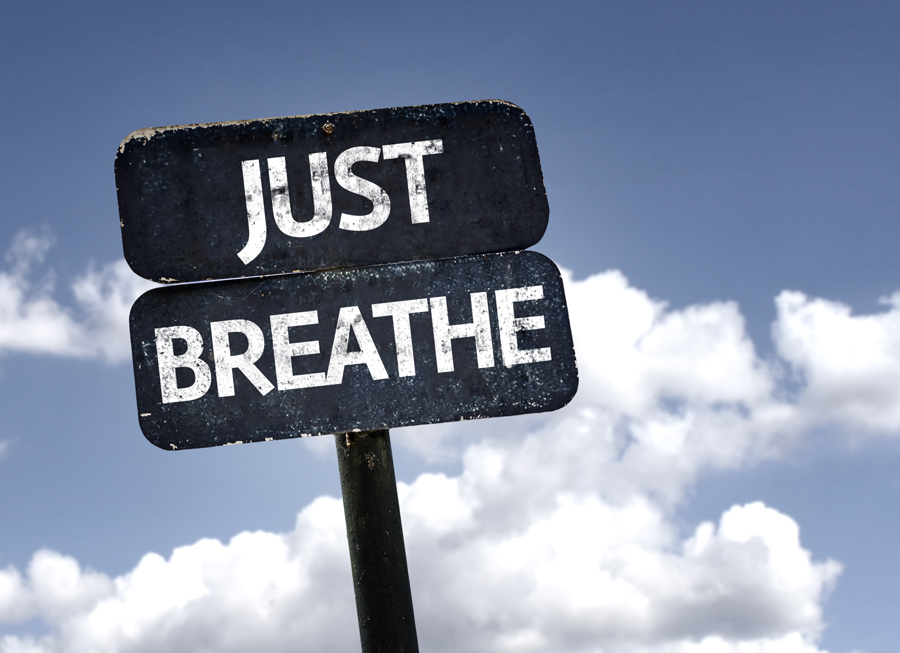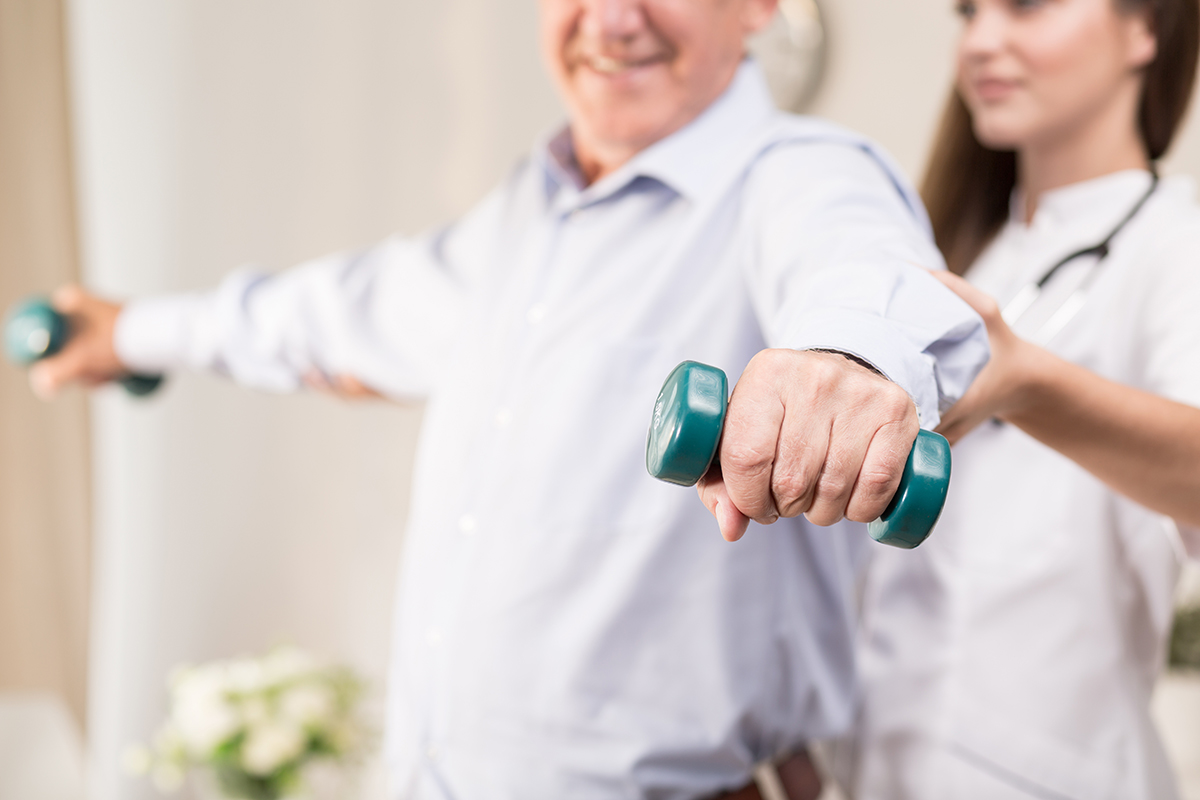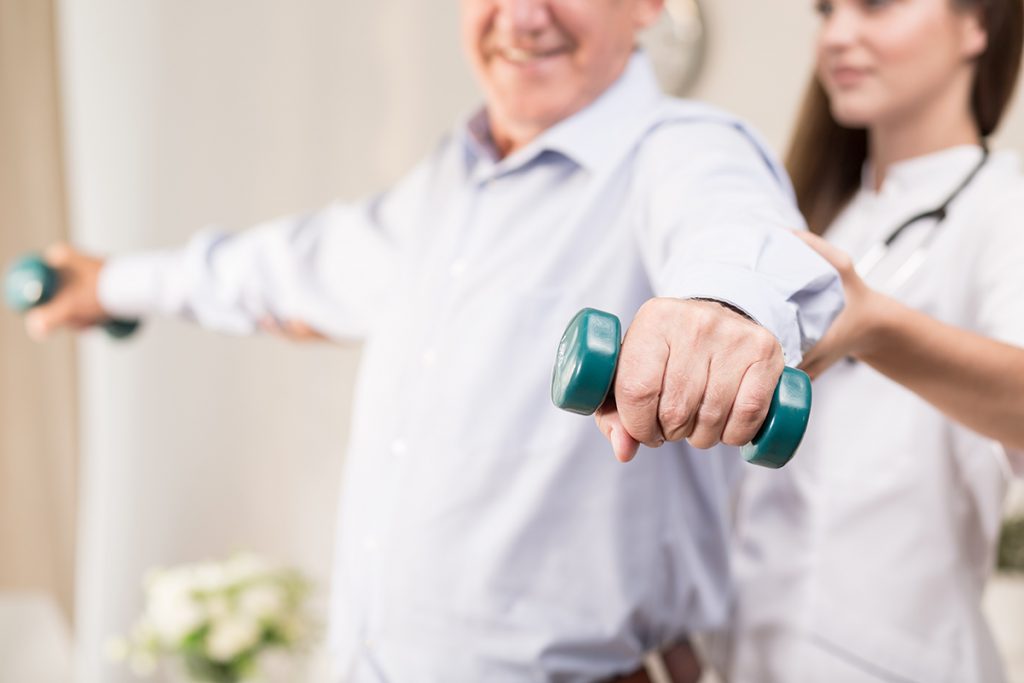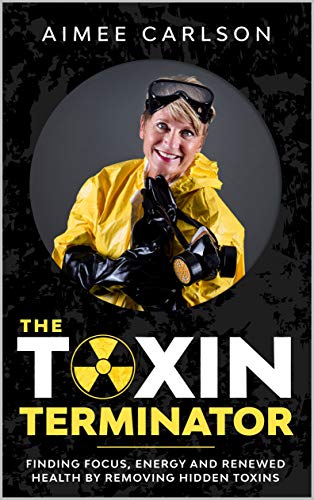Health Coaching: A New Way To Keep Those New Year’s Resolutions
So you go to your annual check-up and your doc says “whoops your blood pressure is up and you’re 15 pounds heavier than last year. I’ll give you some meds, but you’ll have to lose weight and get into shape, OK?
 You say OK, you walk out and then what?
You say OK, you walk out and then what?
Join a gym, hire a personal trainer, go on a diet, take a walk? You might do one or several of these because, after all, it’s a new year and a new you.
Right? Right, and you try something. But how long is it till you throw up your hands and say, “ugh, I got started and now I’m off the track just like last year.”
What went wrong? Maybe nothing, except you might not have been psychologically ready to take those steps.
For any change there is a process. One of the models that are used is the transtheoretical model of behavior change (TTM) developed by James O. Prochaska , Ph.D
There are 5 stages:
Precontemplation – going along not aware of a need for, or not wanting a change.
Contemplation – recognizing a need to do something to improve your situation and considering making some sort of change.
Preparation – doing some research, making small changes, or at least thinking about what you’re going to do to help yourself.
Action – Actively making lifestyle changes,
Maintenance – Having made changes, keeping the healthy lifestyle going.
All too often we jump from contemplation to action without being ready for the change. It can feel like getting off a plane in Antarctica wearing shorts and a T-shirt. You wanted to be there but you weren’t ready for what that change would be like, and what you’d need to do to stay there comfortably.
But there is help, a new kind of help.
The health and fitness industry is rising to the challenge of our increased involvement with our own health care.
Many of us still think of fitness professionals as muscle heads with great bodies and not much else. Those types will always exist, but more educational opportunities including degrees and certifications are spawning a new breed of health & fitness professional, one that’s part of the health as well as the fitness industry.
Enter the Health & Wellness Coach
Not to be confused with a personal trainer, the Health & Wellness Coach is a consultant who helps you go, through, preparation, to action and on to maintenance. The coach helps you determine your health and wellness goals and needs. Once you have a path to your goals the coach continues to work with you to help you find the behavior modifications, activities, facilities and allied health professionals (MDs, Ph.Ds, Nurse Practitioners RDs, PTs, Personal Trainers, Exercise Instructors, etc.) to support your healthy lifestyle. You can do this on your own, but having someone with health industry knowledge who has your back, who is nonjudgmental, who just wants to help you focus and succeed can make all the difference.
Mirabai Holland MFA, EP-C, CHC is one of the foremost authorities is the health and fitness industry. Her customer top rated exercise videos for Age-Onset health issues like Osteoporosis, Arthritis, Heart Disease, Diabetes & more are available at www.mirabaiholland.com. Mirabai also offers one-on-on Health Coaching on Skype or Phone. Contact her at askmirabai@movingfree.com.













 If fitness and exercise are well accepted as part of the management strategy for multiple diseases, why is it that access to organized exercise plans, and fitness professionals who can help implement those plans, are not a standard part of the medical treatment paradigm? Why is it not a standard benefit covered by common medical insurance policies?
If fitness and exercise are well accepted as part of the management strategy for multiple diseases, why is it that access to organized exercise plans, and fitness professionals who can help implement those plans, are not a standard part of the medical treatment paradigm? Why is it not a standard benefit covered by common medical insurance policies?


